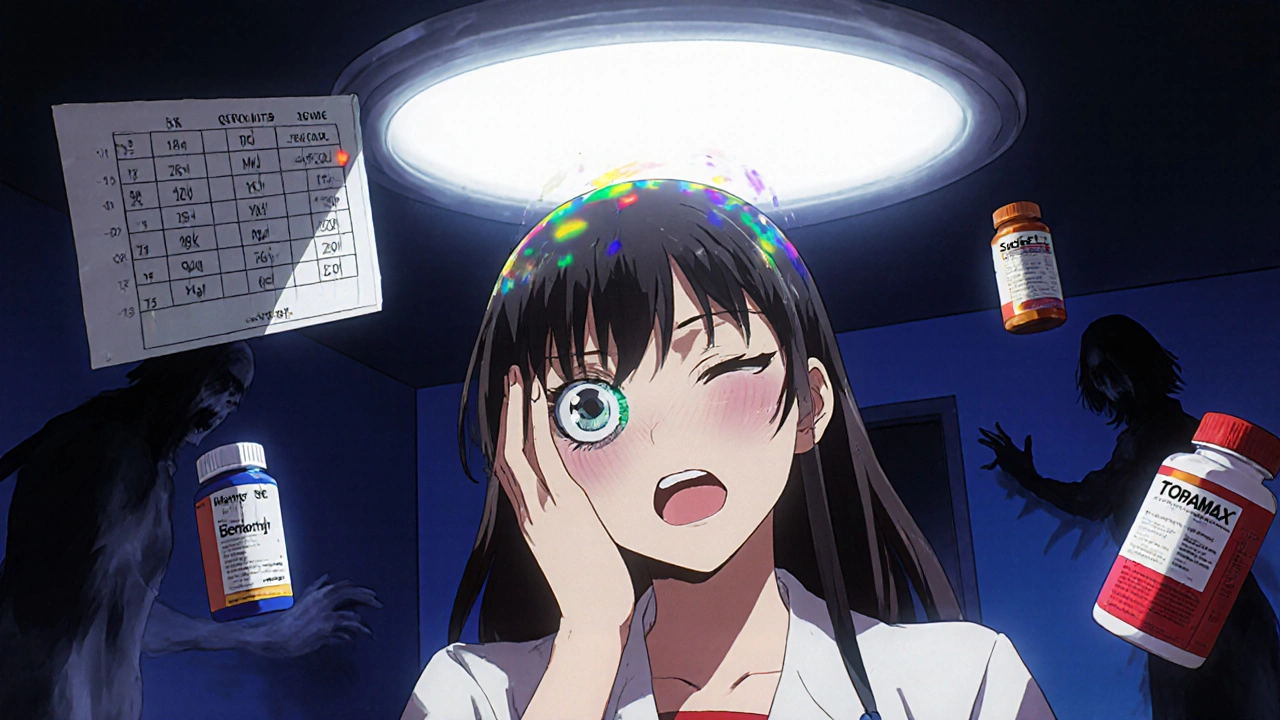Eye Pressure Crisis: Causes, Risks, and What to Do Immediately
When your eye pressure crisis, a sudden, dangerous spike in intraocular pressure that can permanently damage the optic nerve. Also known as acute angle-closure glaucoma, it doesn’t wait for a doctor’s appointment—it strikes fast, often at night, and leaves you with blurred vision, a red eye, and a pounding headache. This isn’t just discomfort. It’s a medical emergency. Left untreated, it can blind you in hours.
Most people think glaucoma is slow and silent, but an eye pressure crisis, a sudden, dangerous spike in intraocular pressure that can permanently damage the optic nerve. Also known as acute angle-closure glaucoma, it doesn’t wait for a doctor’s appointment—it strikes fast, often at night, and leaves you with blurred vision, a red eye, and a pounding headache. This isn’t just discomfort. It’s a medical emergency. Left untreated, it can blind you in hours.
What triggers it? Often, it’s a physical blockage in the eye’s drainage system. People over 40, especially those of Asian or Inuit descent, are at higher risk. So are people with farsightedness, diabetes, or a family history of glaucoma. Certain medications—like antihistamines, decongestants, or even some antidepressants—can push the pressure up in vulnerable eyes. If you’ve ever had a sudden foggy vision after being in a dark movie theater or after taking a cold medicine, that’s your body warning you.
The symptoms are impossible to ignore: intense eye pain, nausea, vomiting, seeing rainbow-colored halos around lights, and vision that feels like looking through a frosted window. Your eye might look red and feel hard to the touch. This isn’t a migraine. It’s not allergies. It’s your optic nerve screaming for help.
What you do next matters more than anything. Don’t wait until morning. Don’t try eye drops you found online. Go to the ER or call an ophthalmologist immediately. Treatment starts with medication to lower pressure fast—sometimes eye drops, sometimes IV drugs. In many cases, a tiny laser procedure opens the blocked drainage channel and prevents it from happening again. The sooner you act, the better your vision will survive.
You might think this only happens to older adults, but it can strike anyone. Even people who’ve never had eye problems. That’s why knowing the signs is your best defense. If you’ve been told you have narrow angles or are at risk for glaucoma, ask your doctor about a preventive laser procedure. It takes minutes, costs little, and can stop a crisis before it starts.
Below, you’ll find real stories and expert advice on how to recognize an eye pressure crisis before it’s too late, how to manage the risk, and what treatments actually work. These aren’t theory pieces—they’re guides written by people who’ve been through it, and doctors who’ve seen the damage when people wait too long.
Medication-Induced Acute Angle-Closure Glaucoma: A Sudden Eye Emergency You Can't Afford to Miss
Medication-induced acute angle-closure glaucoma is a sudden, painful eye emergency that can cause permanent blindness in hours. Common drugs like antihistamines, decongestants, and eye drops can trigger it in people with narrow eye angles - often without warning.

